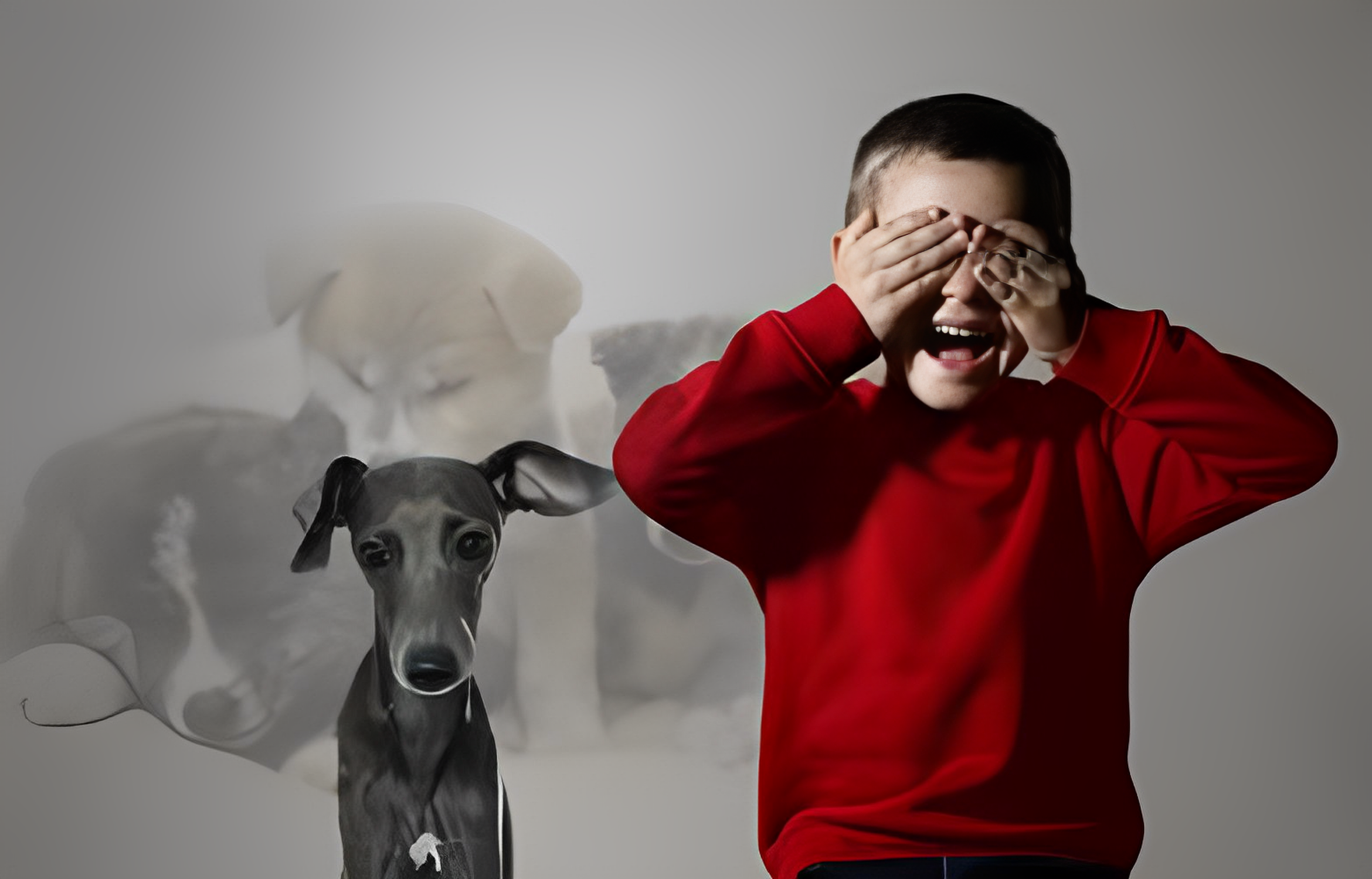Dogs, often referred to as man’s best friend, bring joy, companionship, and unconditional love to many households. However, for some children, the thought of interacting with a dog can be overwhelming, triggering fear and anxiety. Whether stemming from a past traumatic experience or an unfamiliarity with these furry friends, assisting children in overcoming their fear of dogs is crucial for fostering positive relationships with animals. In this comprehensive blog post, pet barn will explore various strategies to build trust and confidence in children when it comes to dogs.
Understanding the Fear:
Before delving into solutions, it’s essential to grasp the root causes of a child’s fear of dogs. Common triggers include past traumatic experiences, such as a dog bite or aggressive behavior, or exposure to negative portrayals of dogs in media. Additionally, some children may develop fear due to a lack of exposure to dogs or growing up in an environment where dogs were not a part of daily life.
1. Gradual Exposure:
One of the most effective ways to help kids overcome their fear of dogs is through gradual exposure. Start with small, controlled interactions in a safe environment. For instance, introduce the child to a calm and friendly dog from a distance, allowing them to observe the dog’s behavior without feeling threatened.
As the child becomes more comfortable, gradually decreases the distance between them and the dog. Encourage gentle interactions, such as letting the child offer a treat or a toy under your supervision. The key is to move at the child’s pace, ensuring they feel in control of the situation.
2. Education and Positive Reinforcement:
Educating children about dog behavior and body language can significantly reduce fear. Teach them to recognize signs of a friendly and relaxed dog, such as a wagging tail, relaxed posture, and soft ears. Similarly, help them understand signs of stress or aggression, such as growling, bared teeth, or a rigid body.
Positive reinforcement plays a crucial role in building trust. When a child demonstrates calm and confident behavior around a dog, praise and reward them. This positive association helps reshape their perception of dogs from a source of fear to one of positive experiences.
3. Lead by Example:
Children often learn by observing the behavior of adults. If parents or caregivers exhibit fear or discomfort around dogs, children are more likely to mirror these emotions. Therefore, it’s essential for adults to model calm and confident behavior when interacting with dogs.
Demonstrate proper ways to approach and interact with dogs, emphasizing the importance of gentleness and respect for the animal’s boundaries. By showcasing a positive attitude, adults can instill a sense of security and assurance in children.
4. Interactive Learning:
Utilize interactive methods to educate children about dogs. Books, videos, and educational games can provide valuable insights into the world of dogs, their habits, and their importance as loving companions. Choose materials that are age-appropriate and engaging, fostering a positive curiosity about dogs.
Interactive learning can also extend to visits to dog-friendly parks, where children can observe dogs in a natural setting. This exposure can be instrumental in demystifying dogs and helping children realize that most dogs are friendly and approachable.
5. Professional Assistance:
In cases where a child’s fear of dogs is severe or significantly impacts their daily life, seeking professional help may be necessary. Child psychologists or therapists with expertise in phobias can work with both the child and their parents to address and overcome fear.
Professional assistance may involve exposure therapy, where the child is gradually exposed to dogs in a controlled environment, allowing them to build confidence over time. This therapeutic approach can be particularly effective in treating specific phobias related to dogs.
6. Family Involvement and Support:
Creating a supportive family environment is crucial in helping children overcome their fear of dogs. Encourage family members to participate in the gradual exposure process and reinforce positive behaviors. Share educational resources with the entire family, fostering a collective understanding of dogs and their role in family life.
7. Empathy and Patience:
Understanding that overcoming a fear is a gradual process is essential. Show empathy towards the child’s feelings and acknowledge their progress, no matter how small. Patience is key, as pressuring a child or moving too quickly can exacerbate their fear. Celebrate small victories and be supportive as they navigate through their feelings.
Helping kids overcome their fear of dogs is a multifaceted journey that demands patience, understanding, and a collaborative effort between parents, caregivers, and educators. By employing these strategies and creating positive associations with dogs, children can develop trust and confidence, paving the way for a harmonious relationship with these beloved companions. Remember, every child is unique, so the key is to tailor the approach to their individual needs, ensuring a gradual and positive transition from fear to comfort around dogs.

